From its inception in 1853, Parsi theatre rapidly developed into a mobile, company-based entertainment that reached across colonial and princely India and extended overseas into Southeast Asia. Like its counterparts in modern Bengali and Marathi, it employed the prevailing local languages, used the European-style proscenium with richly painted backdrop curtains and trick stage effects, and depended on spectacle and melodrama to create audience appeal. Simultaneously, it ushered in the conventions and techniques of realism, marking the transition from stylized open-air presentations to a new urban drama. Although largely displaced by motion pictures after the advent of sound in the 1930s, Parsi theatre remains a vital component of the subcontinent’s cultural heritage, significant for its long-term impact on diverse regional theatrical styles and the popular cinema. There is a great need for reiable information in English that would shed light on the history and practice of this important theatrical form. A vital source is a Hindi book that appeared in 1981, Somnath Gupt’s Parsi Thiyetar, the best single reference for the early period of Parsi theatre history. It cover the antecedent phase of English theatre in eighteenth-century Bombay and extends through the end of the nineteenth century. Gupt consulted a range of source materials in several Indian languages as well as in English. The type of material is diverse, including advertisements, reviews and letters from English and Gujarati newspapers; early autobiographies and memoirs; and compendia of theatre lore published in Gujarati and Urdu.
The Parsi Theatre: Its Origins and Development
In stock
Free & Quick Delivery Worldwide
reviews
Bibliographic information
Title
The Parsi Theatre: Its Origins and Development
Author
Edition
1st ed.
Publisher
ISBN
8170462738
Length
xiii+223p., Figures; Plates; Appendix; Index; 25cm.
Subjects

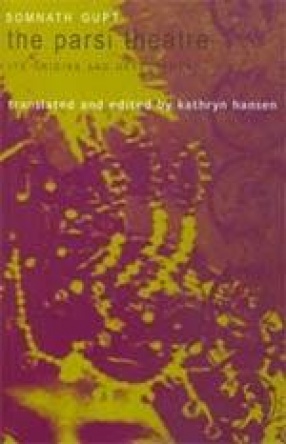
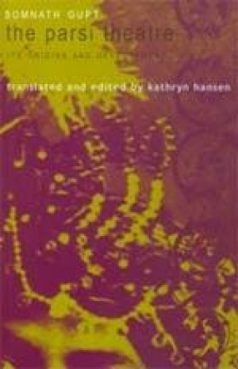

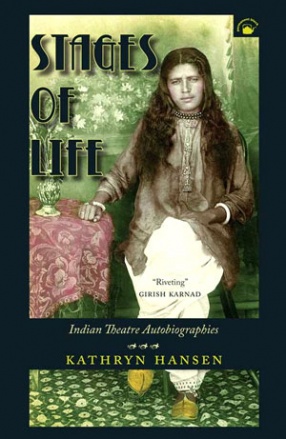
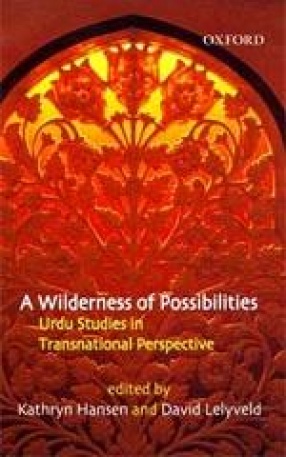

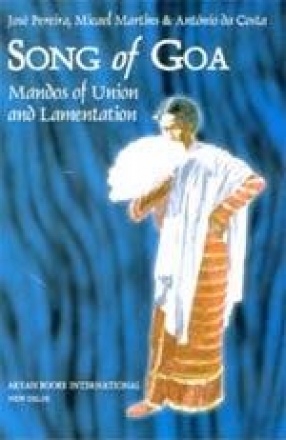
There are no reviews yet.